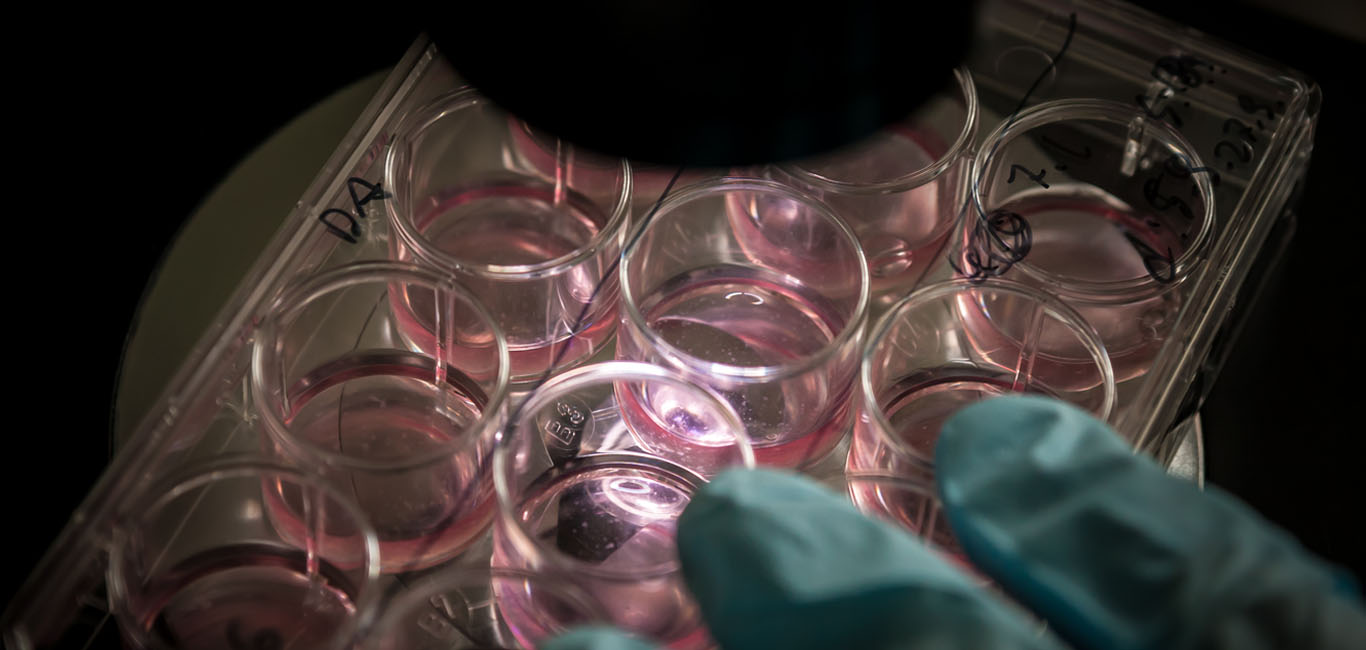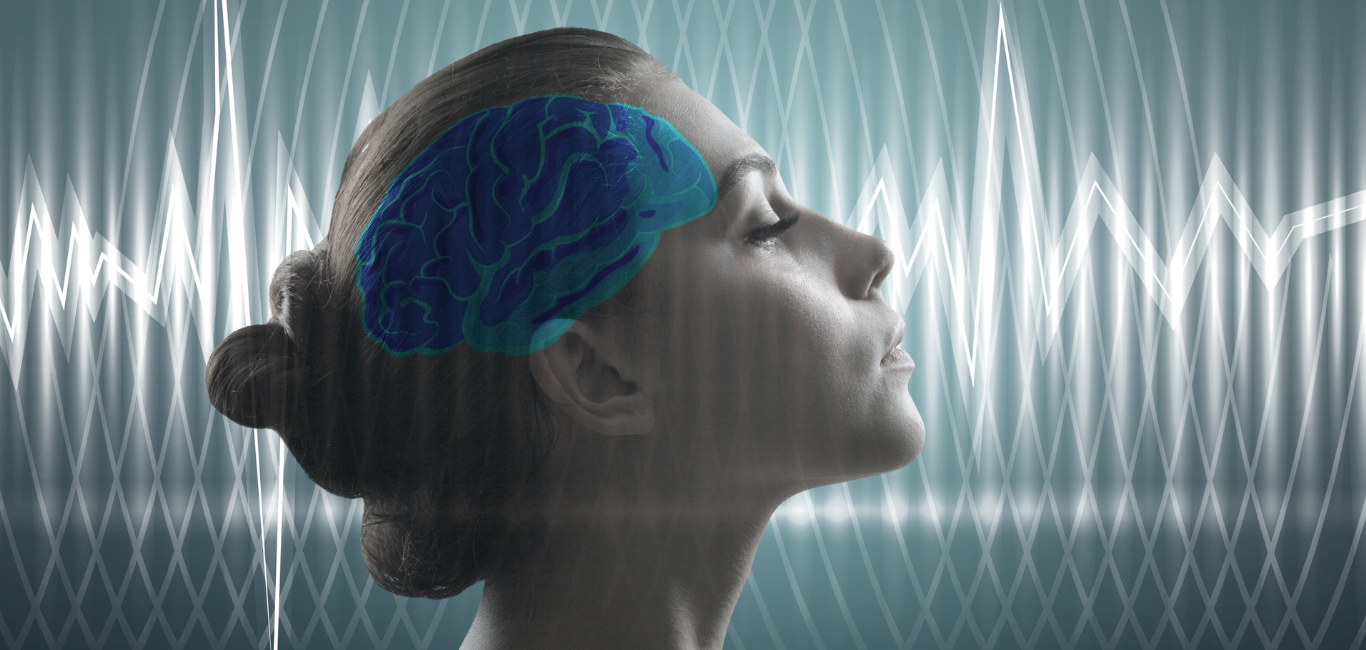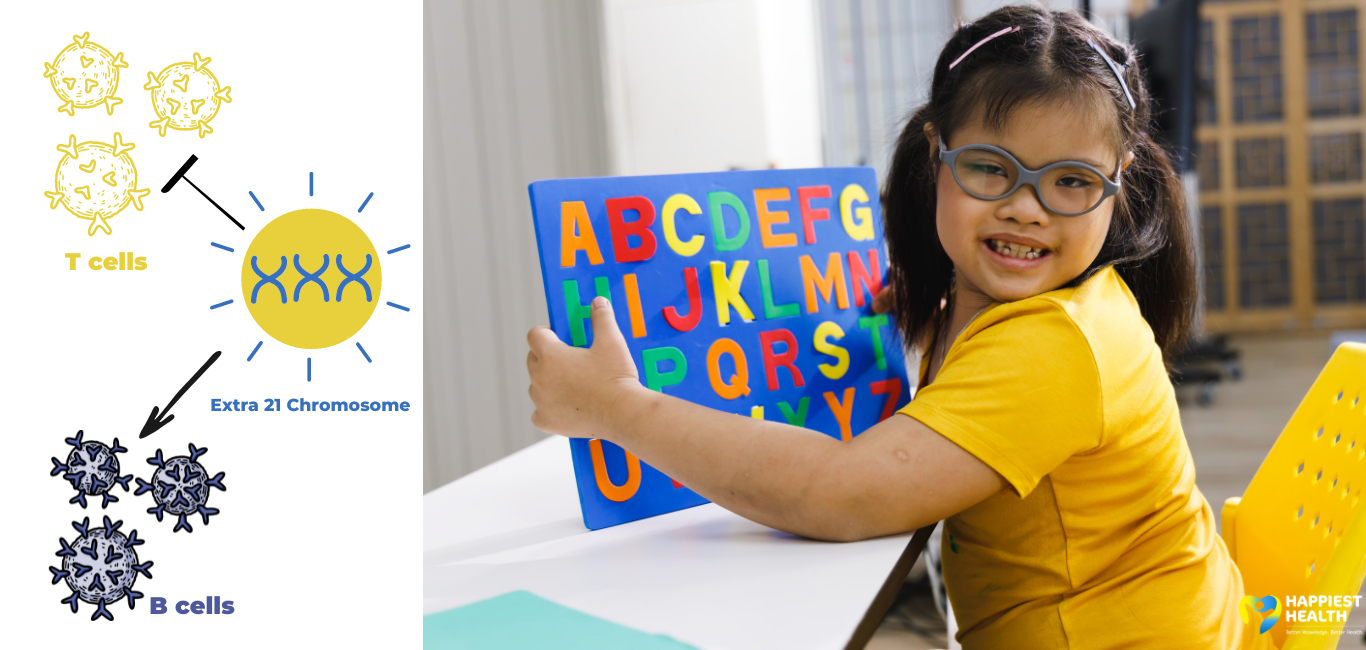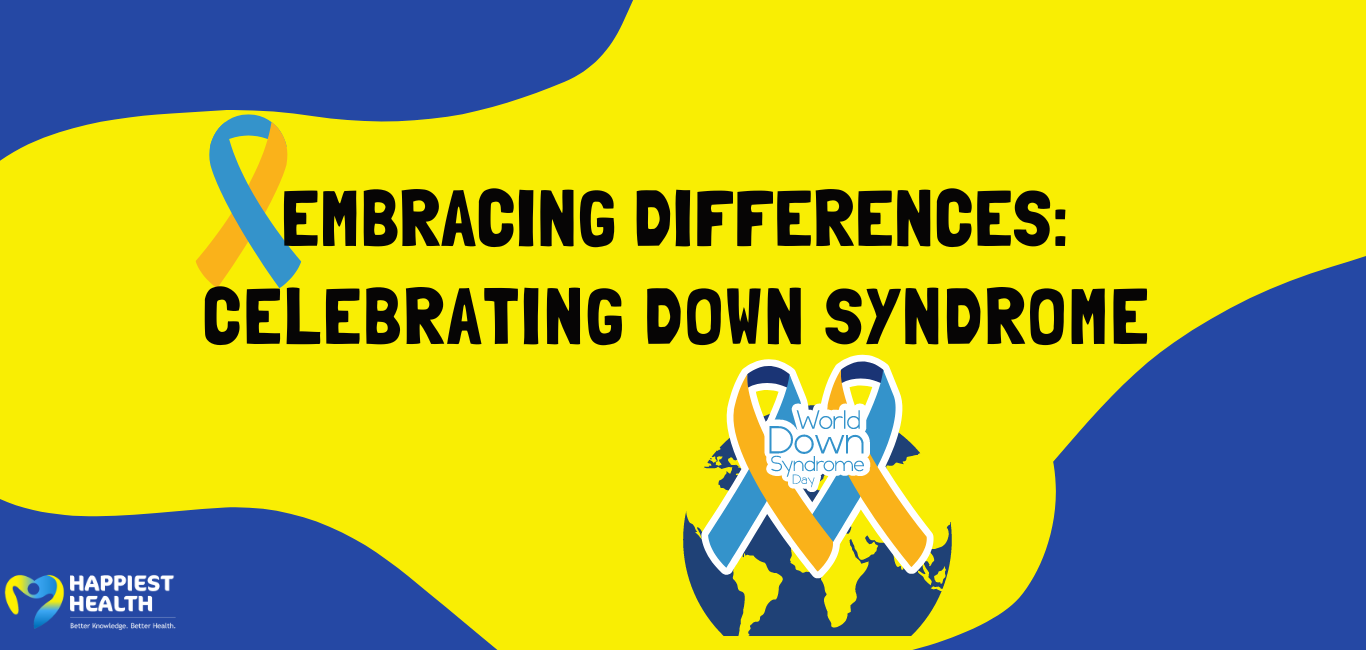
“Timing is everything when it comes to the developing brain. The first cell usually formed in the brain is a neuron,” says Dr Nishant Singhal, stem cell researcher from the National Centre for Cellular Science (NCCS), Pune.
Dr Singhal and his team are using stem cell technology to understand the time stamps and stages of brain development in Down Syndrome, a neurodevelopment disorder occurring at birth that impacts the number of neurons formed in the brain.
Stem cell technology provides a robust platform for researchers like Dr Singhal to trace back to when the brain is forming — soon after the egg and sperm fuse to form the embryo.
Stem cells are a special group of cells in the embryo that can grow into any cell or tissue in the body. However, instead of taking cells from an embryo, Dr Singhal and team have used induced pluripotent stem cells (iPSC) for their experiments. iPSCs are grown in a lab dish using a reverse engineering technique that turns a body cell into a stem cell.
The team is growing Down syndrome neurons from these stem cells to understand the critical cellular changes that lead to the condition.
Going back to the roots
Down Syndrome was first described in 1866 by John Langdon Down, a British doctor (after whom the disorder is named). However, it was not until 1959 that a French geneticist Dr Jérôme Lejeune found that people with Down’s Syndrome had three copies of the 21st chromosome (trisomy 21), due to which they face developmental, physical, and intellectual difficulties.
The chromosome is a structure that helps package genes neatly within the cell’s nucleus. Each human cell contains 23 pairs totaling 46 chromosomes, and the 21st chromosome alone has around 250 to 300 genes. An additional copy of this chromosome – whether full or partial – adds a surplus of genes, which affects how the nervous system functions in people with Down syndrome.
Studies have shown that people with Down Syndrome have fewer neurons in brain regions such as the frontal cortex, cerebellum and hippocampus, responsible for motor function, speech, language, and cognition.
Tracing the culprits
Dr Singhal’s team collected blood samples from individuals with Down Syndrome and grew neurons from the derived iPSCs. “We wanted to see what was causing the reduced number of neurons. So, once we made iPSC cells in the lab, we saw the events unfold as the neurons develop,” says Dr Singhal.
The cellular machinations revealed an early-phase abnormal cell division in the neural stem cells – the cells that make the neurons. These neural stem cells divide to form more neural stem cells or neurons and glial cells (support cells to neurons). The sequence and timing of these cell divisions are crucial in brain development. However, the study found anomalies in this stage.
They saw that some Down syndrome cells were slow in making neural stem cells in the initial phases. In the later stages, instead of creating more neurons, these stem cells divided into more neural stem cells and glial cells, resulting in fewer neurons when the brain was developing. They published their results in the journal Frontiers Genetics.
“Decreased neurogenesis or neuronal output and increased glial cells are characteristic features underlying the abnormal neurodevelopment,” says Dr Bhavana Muralidharan, assistant investigator (professor) and DBT/Wellcome Trust India Alliance Intermediate fellow at inStem, Bengaluru. Understanding a disease comes from studies like these, she adds.
Much more study needed
Dr Singhal says there have been several mouse models that represent Down syndrome in the lab. Still, these animal models do not accurately depict the trisomy 21 [the three chromosomes condition] scenario in humans. “Whereas the use of iPSCs has been vital in recreating the disorder in a dish,” says Dr Singhal. In addition, obtaining brain cells is invasive, and he says ethical concerns shroud working on embryos.
Dr Muralidharan agrees. She works with setting up iPSC models for neuropsychiatric and neurodevelopmental disorders in her lab. “The point is that a deeper understanding requires the ability to recreate disease progression. Since we do not get access to the brain easily, and a post-mortem analysis reflects endpoint [of the disorder], an appropriate iPSC model in a dish will help us understand how the disorder develops,” she says.
Dr Singhal says their study findings will help them identify which genes on chromosome 21 are responsible for reducing neurons in the brain.
Dr Muralidharan adds that genetics and the environment play an essential role in brain development. “What you learn from one disorder could be used to understand other disorders where neurodevelopment is affected,” she says.

















